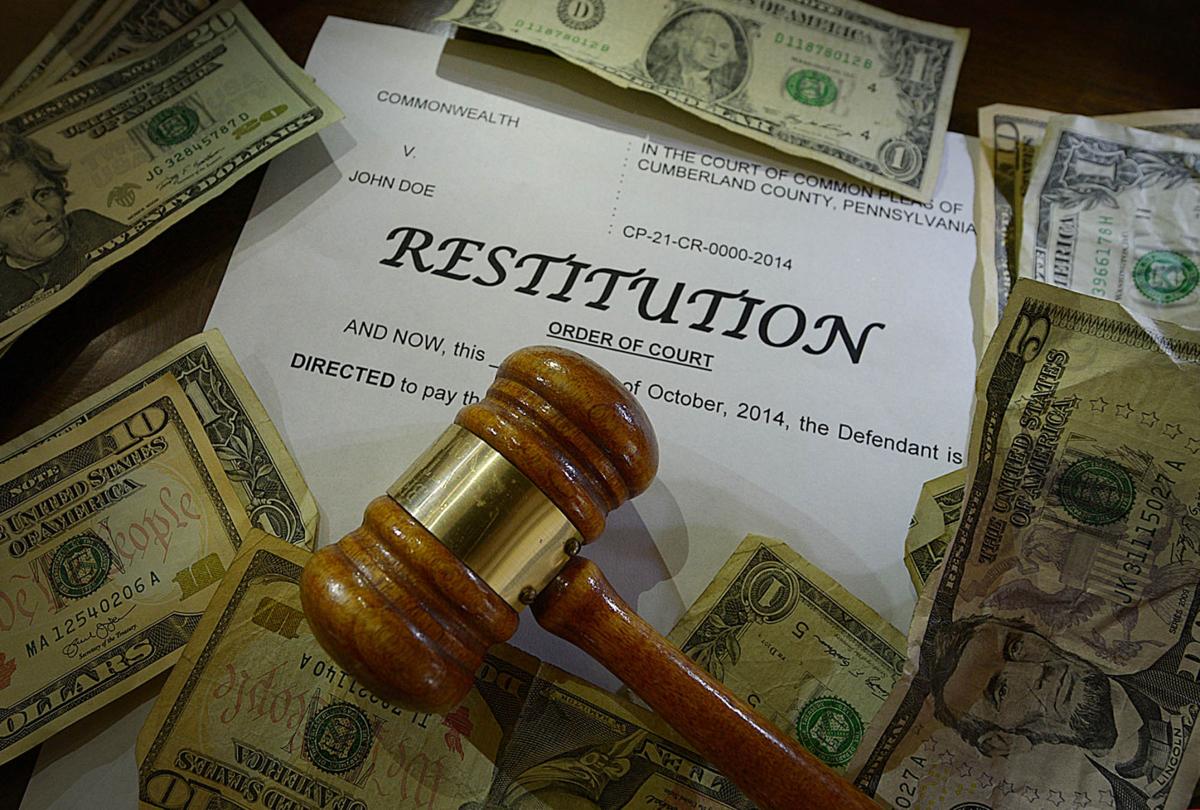
For many individuals who find themselves in federal prison, the thought of early release can be a glimmer of hope in an otherwise bleak situation. The Federal Prison Early Release Program is designed to provide eligible inmates with the opportunity to be released from prison before serving their full sentence. This program offers a chance for those incarcerated to rebuild their lives, reunite with their families, and make positive changes for their future.
One of the main goals of the Federal Prison Early Release Program is to alleviate prison overcrowding by allowing non-violent offenders to be released early. This helps to reduce the strain on the prison system and allows resources to be redirected to more pressing needs within the criminal justice system. By prioritizing non-violent offenders for early release, the program aims to provide a second chance to those who have made mistakes but are committed to turning their lives around.
To be considered for early release through the Federal Prison Early Release Program, inmates must meet certain eligibility criteria. These criteria may include factors such as good behavior while incarcerated, completion of educational or rehabilitation programs, and a demonstrated commitment to reintegration into society. Inmates who are deemed eligible for early release will undergo a thorough review process to determine if they meet the requirements.
One important aspect of the Federal Prison Early Release Program is the focus on providing support to inmates as they transition back into society. This may include assistance with housing, employment, substance abuse treatment, and mental health services. By offering this support, the program aims to reduce the likelihood of recidivism and help individuals successfully reintegrate into their communities.
While the Federal Prison Early Release Program offers hope to many incarcerated individuals, it is important to note that not all inmates will be eligible for early release. Factors such as the nature of the offense, criminal history, and risk to public safety will be taken into consideration when determining eligibility. For those who do not qualify for early release, there may be other avenues for reducing their sentence, such as earning time off for good behavior or participating in rehabilitation programs.
One of the key benefits of the Federal Prison Early Release Program is the potential for individuals to reunite with their families sooner than anticipated. Being separated from loved ones can take a significant toll on both the incarcerated individual and their family members. Early release can provide the opportunity for families to be reunited, strengthening bonds and helping to support the successful reintegration of the individual back into society.
Another benefit of the Federal Prison Early Release Program is the positive impact it can have on individuals who are given a second chance. By providing the opportunity for early release, the program acknowledges that individuals have the capacity for change and growth. This can be a powerful motivator for those who are committed to making positive changes in their lives and moving forward constructively.
In conclusion, the Federal Prison Early Release Program offers hope for those who are incarcerated by providing a pathway to early release for eligible individuals. By prioritizing non-violent offenders, offering support during the reintegration process, and focusing on providing a second chance to those who are committed to change, the program plays a valuable role in the criminal justice system. While not all inmates will be eligible for early release, the program represents a step towards reforming the system and helping individuals rebuild their lives. Ultimately, the Federal Prison Early Release Program serves as a beacon of hope for those who are seeking redemption and a second chance at a brighter future.
